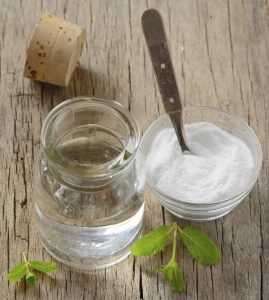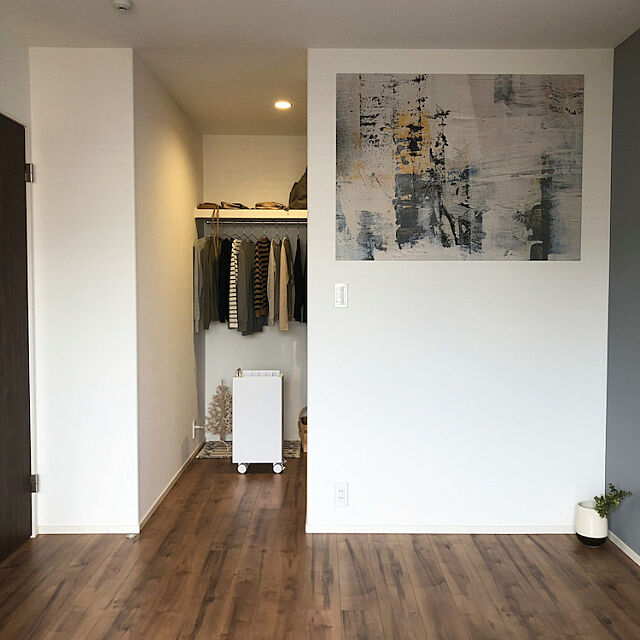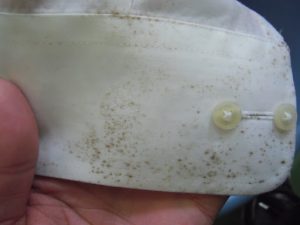How to prevent condensation on fabrics with the help of a dehumidifier
Not only a rarefied environment with an atmospheric saturation inside the house, it is detrimental to walls and surfaces; This excessive moisture will permeate and project onto other valuable objects, such as anything

made with wood, and onto the clothing itself. That’s right, precious outfits and costumes can suffer the ravages of humidity, if we do not take into account the climatic factors in our own home.
We are not only talking about the potential appearance of the fungus on fabrics, but the possible presence of critters that damage clothing in important ways, such as termites and mosquito waste and even cockroaches.
Any season is suitable for atmospheric saturation conditions to be created at home or office, depending on the region. Commonly this problem arises in summer, in the rainy season, however, in some areas wet winters could occur, due to the same effect of snow and thaw in December times.
Ways to Avoid Moisture Mold Growth During Summer or Winter
- This should be the most effective way to eradicate or control any eventual excessive humidity within any room. But what to do on cloudy days or when it is night?
- This has been a very effective way to eliminate atmospheric saturation, especially when there is not much sunlight or when clothes must be dried overnight. It can be done through natural or mechanical ventilation, through fans and extractors. But … what happens with those corners that have a lot of humidification due to the microclimate of the region? How to control humidity in closets or wardrobes?
- Installation and use of dehumidifier. The best mechanical device to avoid undesirable condensation that produces mold, is the dehumidifier, which can be a robust system that is connected to the mini Split or

Dehumidifier for clothes in the house air conditioning, or as a portable mechanism that can be easily embedded in or near the wardrobe. Even if the clothes are properly dry, it is important that we avoid atmospheric saturation in those places, especially knowing that they can be nests of insects or sources of microorganisms, without us noticing. After all, you have to remember: these tips are to avoid uncontrolled condensation.
Now, if the clothes already have signs of deterioration in their fabrics, as well as the presence of fungus, then perhaps these homemade tips will help a little, at least to eliminate some of these microorganisms.
- Combination of hot water with vinegar, lemon and salt. With the salt and lemon, a small paste can be generated to rub in areas infested by mold, before putting the clothes in the washing cycle; you just have

Dehumidifier for shirts to do it carefully so as not to damage the fabric and loosen the fibers. Now after that, the vinegar can be added to the wash cycle, making sure to pour ¾ cup; this must be white vinegar.
- Silica gel. Later, having already dried the clothes, we can add silica gel pellets to remove any remaining moisture, in addition to avoiding damage from the condensation itself. To reinforce the drying, it is recommended to acquire a portable or fixed dehumidifier, which can also move around all corners of the house, to control the internal atmospheric conditions that are uncontrolled throughout the year, either in summer or in winter.
- There are other soluble minerals such as borax, which must be well used according to the indications on the detergent product. Anyway, it is essential to avoid humidity, so as not to go through all this. This can only be achieved with good ventilation and dehumidification through natural or artificial means.
You have to approach the experts in air conditioning and dehumidifiers, so that there is a specific and detailed guide, depending on the devices you need in your home, apartment or workplace.






